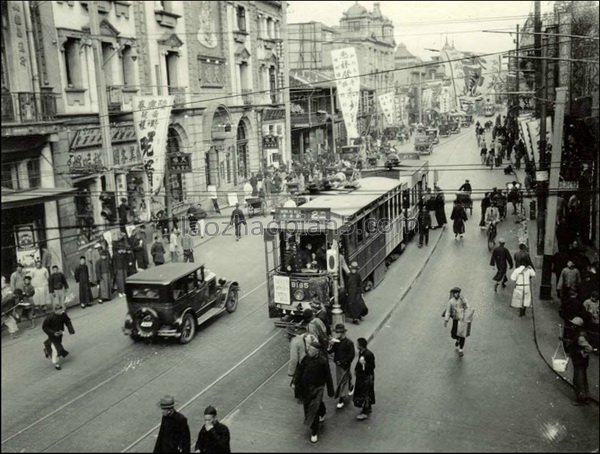[Guo Youying painted Arhat with wood carvings]
Guo Youying painted Arhat with wood carvings in the sixth year of Qingli in the Northern Song Dynasty (1046), 55 cm high and 21 cm wide
Arhat has a bald head, his head is tilted to the left, he wears cassock, his hands are crossed between his knees, and he leans on the hollow mountain seat. In the center of the front of the seat, there is an inscription in block script: “Guo Youying, a guest from Lianzhou, gave up Qian Diao to make a Arhat, and gave it to Nanhua Temple for permanent support. It is the sixth anniversary of Qingli.”
Nanhua Temple is located more than 10 kilometers south of Qujiang County, Guangdong Province. The temple was built during the reign of Emperor Liang Wudi in the Southern Dynasty (502-519) by the wise medicine Sanzang who preached from India to China, and was initially named “Baolin”. In the Tang Dynasty, Huineng, the sixth ancestor of Zen Buddhism, preached scriptures and taught Dharma here, and Nanhua Temple enjoyed a high reputation in the Zen forest, becoming the most famous Buddhist temple in southern China. Arhat wood carvings were originally 500, but now there are 360. They were built and donated by people from Lianzhou, Quanzhou, Quzhou and Chaozhou who live in Guangzhou. After being carved in Guangzhou, they were transported to Qujiang. From the text of the vow, the purpose of the donation is mostly to pray for the family, “protect the safety and fortune”, “pray for longevity and peace”, and recommend the dead to live in the Pure Land early. Most of the wood used is cypress, and a few are nanmu, camphor and sandalwood. The cypress is hard and has fine texture, which is more precious in the local area. Arhat once installed (decorated to make it more beautiful) four times in the 20th year of Yongle in the Ming Dynasty (1422), the 17th to 18th year of Chenghua (1481-1482), the 2nd year of Guangxu in the Qing Dynasty (1876), and the 23rd year of the Republic of China (1934), but they basically kept their original appearance. They are one of the important relics of Buddhist statues in the Song Dynasty
![图片[1]-Guo Youying made wood carvings and painted Arhat statues-China Archive](https://chinaarchive.net/Northern Song dynasty/Sculpture/55867[1024].jpg)
![郭有英造木雕彩绘罗汉像基座 图片[2]-Guo Youying made wood carvings and painted Arhat statues-China Archive](https://chinaarchive.net/Northern Song dynasty/Sculpture/55868[1024].jpg) 郭有英造木雕彩绘罗汉像基座
郭有英造木雕彩绘罗汉像基座



![[Qing Dynasty] British female painter—Elizabeth Keith, using woodblock prints to record China from the late Qing Dynasty to the early Republic of China—1915-China Archive](https://chinaarchive.net/wp-content/uploads/2022/11/image-191x300.png)
